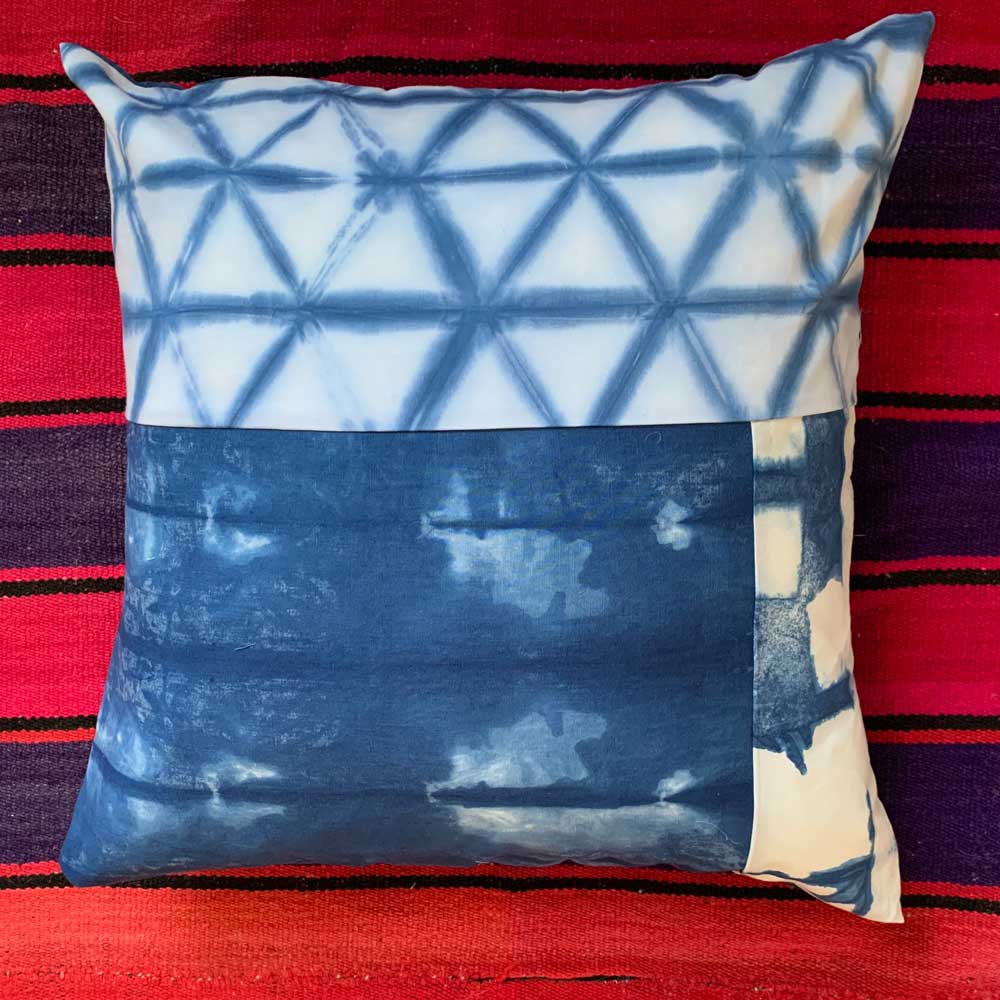
Fun Ways to Teach Science at Home with DIY STEM Projects for Kids
November 15, 2024
We aim to encourage our kids’ creativity and curiosity as parents. Finding engaging ways to teach STEM subjects at home may offer our kids an…


Supplies:
1. Wrap the fabric around a PVC pipe at an angle (or any pipe like material you have on hand).
2. Next, tie a knot with the twine on the bottom of pipe around the fabric. Wrap the twine around the fabric tightly.
3. Next, push the fabric down towards the bottom of pipe.
4. We recommend doing this in sections as it gets difficult to scrunch the fabric down the higher up the pole you go.
5. Keep pushing down. Two sets of hands are great for this part!
indigo-dying-step-5*
6. Wearing rubber gloves, submerge the fabric into the dye bucket. Hold and massage the fabric under the dye (without touching the bottom of the bucket) for 3 to 5 minutes.
7. Remove the fabric from the dye. The fabric will look green, not indigo. Let rest and oxidize. You will see the magic happen – from green to indigo! Once oxidized, you can repeat the dyeing process for a deeper, darker indigo color. We repeated a second time. Remove the rubber bands and wood/tiles and lay flat for the full oxidization.
indigo-dying-examples
8. Wash in cold and tumble dry. Repeat all of the steps for second piece of fabric.
KUMO method: This is a twist and bind method, typically using rubber bands and small rocks. We will share this technique in our next Indigo Dye series post!
TIE DYE method: We used a basic line tie dye technique for the larger square pillow front. You get a stripe look with this method. Use two pieces of 21 inch fabric cute into squares.
Source: Aliceand Lois